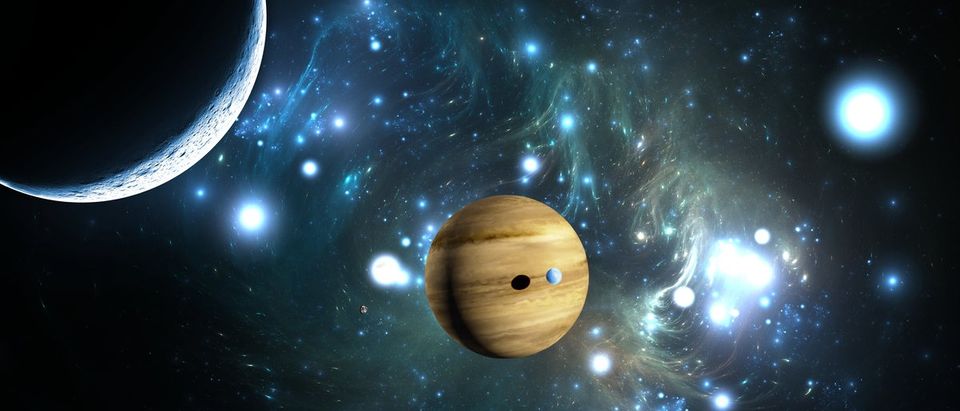NASA announced Tuesday the Kepler Space Telescope found and verified 1,284 new exoplanets, or planets outside our solar system.
Roughly 550 of the new exoplanets could be rocky planets like Earth based on their size. Nine of these exoplanets orbit in their stars’ “Goldilocks Zones,” the region around a star that has just the right conditions for liquid water to be found on the planet’s surface.
“Before the Kepler space telescope launched, we did not know whether exoplanets were rare or common in the galaxy. Thanks to Kepler and the research community, we now know there could be more planets than stars,” Paul Hertz, astrophysics division director at NASA headquarters, said in a press statement. “This knowledge informs the future missions that are needed to take us ever-closer to finding out whether we are alone in the universe.”
Kepler finds new exoplanets by detecting very small decreases in a star’s brightness, which occurs when the planet passes in front of their sun. Scientists then use statistical analysis to examine the changes and verify the planet.
Belgian astronomers used a ground-based telescope earlier this month and found three planets orbiting in the “Goldilocks Zone” of a star.
The Kepler telescope has been in orbit since 2009, and it’s successor telescope, the James Webb Space Telescope (JWST) is only halfway completed. JWST is relatively tiny compared to larger Earth-based telescopes, but its infrared capabilities and position above the atmosphere could allow it to locate potentially habitable planets around other stars, perhaps even extraterrestrial life.
The JWST was initially projected to cost $1.6 billion and should have been launched in 2011. The Government Accountability Office now estimates the final cost at $8.8 billion, and NASA has now scheduled the telescope for an October 2018 launch, but the project is at risk of further delays.
The telescope cost taxpayers $645.4 million in 2015 alone, accounting for roughly 13 percent of NASA’s annual science budget.
Send tips to andrew@
All content created by the Daily Caller News Foundation, an independent and nonpartisan newswire service, is available without charge to any legitimate news publisher that can provide a large audience. All republished articles must include our logo, our reporter’s byline and their DCNF affiliation. For any questions about our guidelines or partnering with us, please contact licensing@dailycallernewsfoundation.org.












